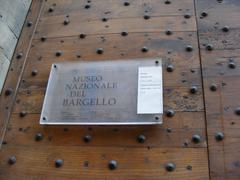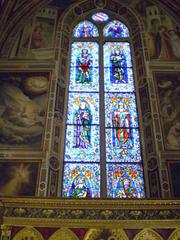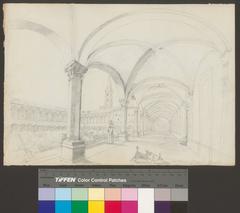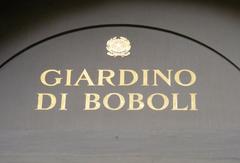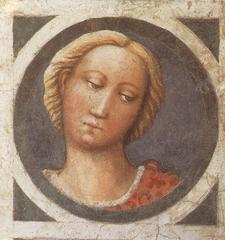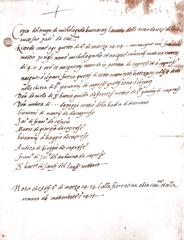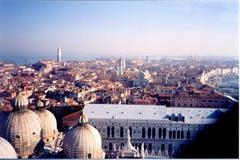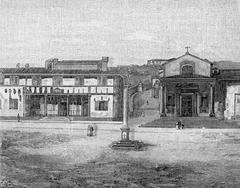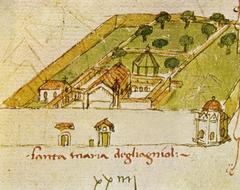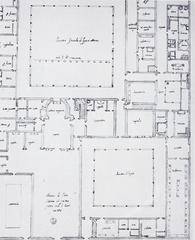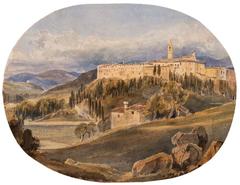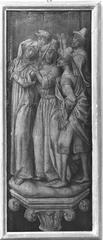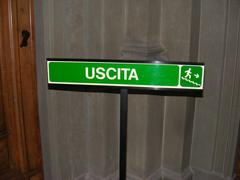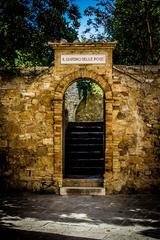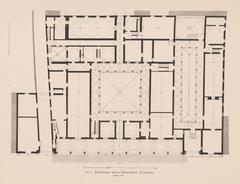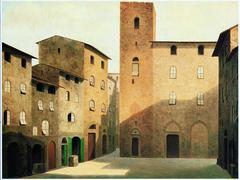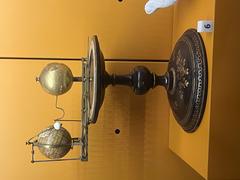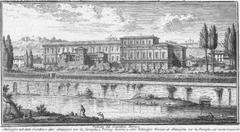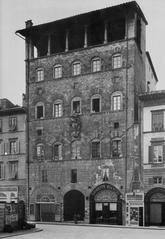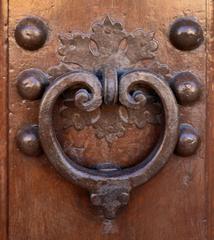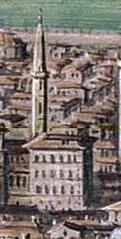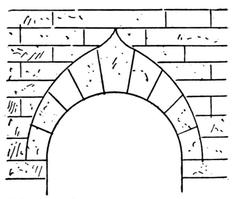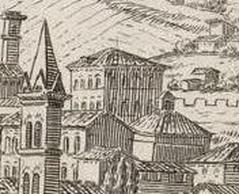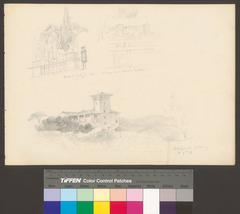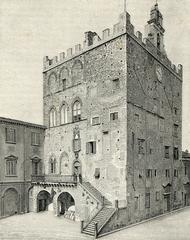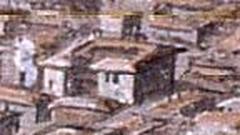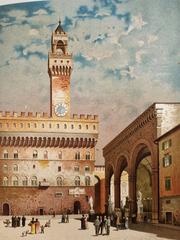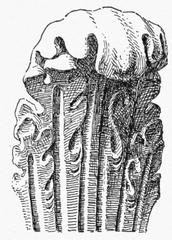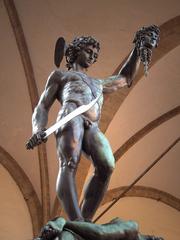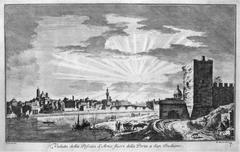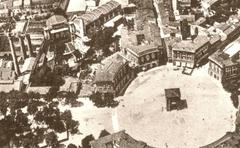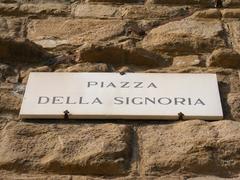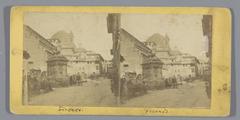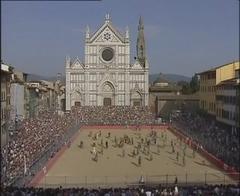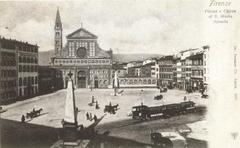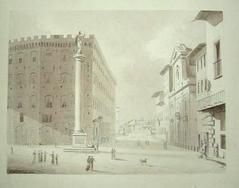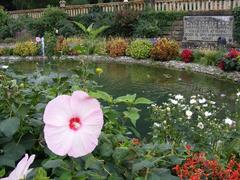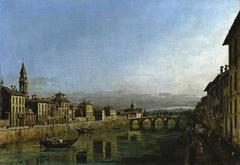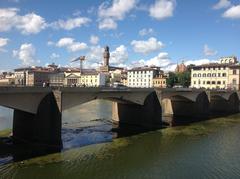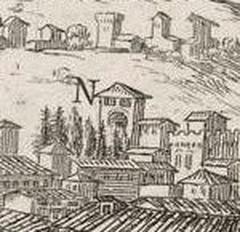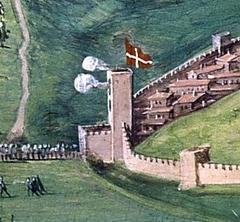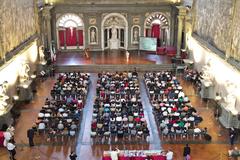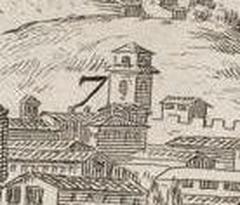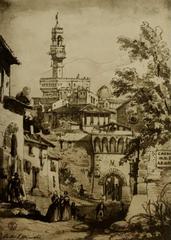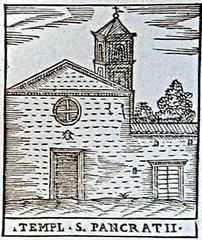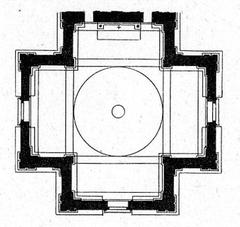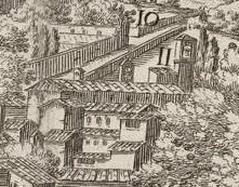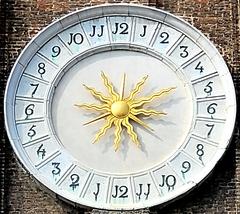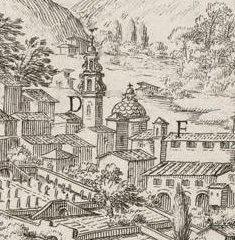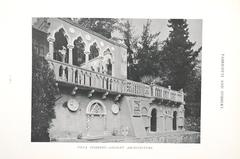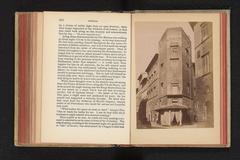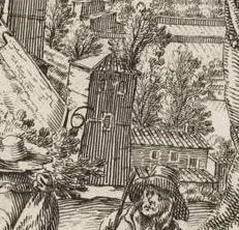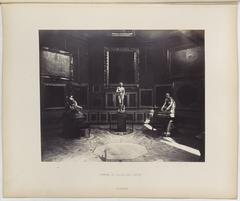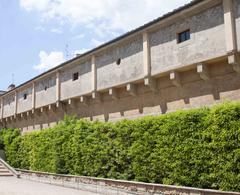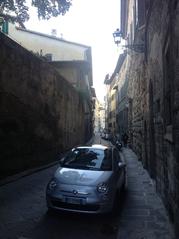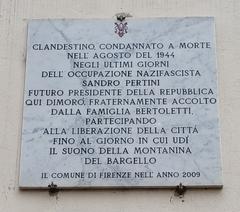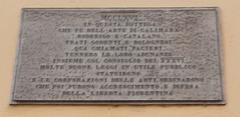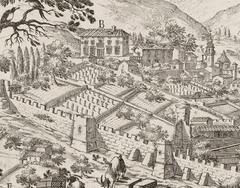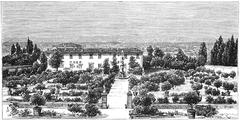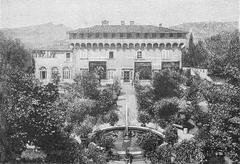Museum Of Natural History Section Of Geology And Paleontology
Museum of Natural History Florence: Visiting Hours, Tickets, and Attractions Guide
Date: 03/07/2025
Introduction
Located in the vibrant heart of Florence, Italy, the Museum of Natural History – Section of Geology and Paleontology offers an extraordinary journey through Earth’s ancient past. Renowned for its remarkable collections of fossils, minerals, and paleobotanical specimens, the museum is a treasure trove for history enthusiasts, science lovers, families, and travelers eager to discover Tuscany’s natural heritage. Tracing its origins to the Renaissance-era Medici Grand Dukes and further enriched by the scientific patronage of the Lorraine dynasty, the museum now displays over 300,000 specimens. Highlights include vertebrate fossils such as mastodons and mammoths, rare finds like Oreopithecus bambolii, and an extensive mineral collection from around the world. The museum’s chronological exhibits, culminating in immersive displays like the Whale Room, guide visitors through the evolution of life and the geological forces that have shaped our planet. Comprehensive accessibility features and educational programs make it an inclusive destination for all. This guide provides essential information on the museum’s history, collections, visitor services, accessibility, nearby attractions, and practical tips for planning your visit. For the latest details, consult the official resources (benjielayug.com, sma.unifi.it, feelflorence.it).
Table of Contents
- Discover the Museum of Natural History – Section of Geology and Paleontology in Florence
- History and Institutional Evolution
- Collections and Key Exhibits
- Scientific Milestones and Notable Specimens
- Visitor Information: Opening Hours, Tickets & Accessibility
- Nearby Attractions and Special Events
- Educational and Cultural Impact
- The Modern Museum Experience
- Frequently Asked Questions (FAQ)
- Plan Your Visit and Stay Connected
- Location, Contact, and Facilities
- Summary and Recommendations
- Sources
Discover the Museum of Natural History – Section of Geology and Paleontology in Florence
Situated centrally in Florence, this museum is a must-visit for anyone interested in the story of our planet. Its rich history and extensive collections provide a fascinating window into the deep past, making it a highlight among Florence’s many cultural offerings.
History and Institutional Evolution
Renaissance Origins and Early Growth
The museum’s roots lie in the scientific curiosity of the Medici Grand Dukes, who began assembling natural history collections alongside art in the 16th century (benjielayug.com). By the 17th century, Grand Duke Ferdinando II expanded these collections, focusing on vertebrate fossils from areas such as Monte Amiata and other Tuscan sites. These early efforts laid the foundation for systematic study and preservation of Italy’s geological treasures.
Expansion Under the Lorraines
With the transition to Lorraine rule, Grand Duke Peter Leopold established the Observatory Museum, which evolved into the Imperial Royal Museum of Physics and Natural History, becoming the nucleus for a rapidly expanding fossil collection. The 19th century saw the addition of major collections such as those from Pier Antonio Micheli, Giovanni Targioni Tozzetti, and the Strozzi family, maintaining Florence’s leadership in geological research (benjielayug.com).
Modern Era
Following several relocations, the collections found their permanent home at Via Giorgio La Pira 4 in 1925. In 1963, the museum adopted a chronological, evolutionary exhibition philosophy, presenting paleontological history in a coherent narrative (benjielayug.com).
Collections and Key Exhibits
Fossils and Rocks
With about 300,000 specimens, the museum is one of Italy’s most comprehensive collections (benjielayug.com). Notable highlights include:
- Vertebrate Fossils: Around 27,000 specimens, most notably Villafranchian mammals from Tuscany’s Upper Valdarno, including mastodons, mammoths, antelopes, crocodiles, and Canis etruscus (feelflorence.it).
- Oreopithecus bambolii: A rare primate fossil from the Maremma region, crucial for understanding European primate evolution (whichmuseum.com).
- Invertebrate Fossils: Approximately 175,000 specimens, including trilobites, graptolites, brachiopods, ammonites, and Pliocene mollusks from Tuscany (tuscanyplanet.com).
- Stromatolites: Ancient life forms dating back over 3.5 billion years (tuscanyplanet.com).
- Mesozoic Reptile Imprints and Extinct Moa Birds: Unique fossils from Monte Pisano and New Zealand (museumsinflorence.com).
Paleobotany and Mineral Collections
- Paleobotanical Collection: About 8,000 specimens, mainly from Tuscany, documenting plant evolution from marsh flora to ancient forests. Notable subsets include the Monte Pisano phyllite collection and Strozzi collection (firenze.guidatoscana.it).
- Minerals and Rocks: Over 5,000 rock samples and a significant mineral collection, including specimens from the Alps, Eritrea, Ethiopia, Somalia, and Tibet. Noteworthy minerals include topaz, orthoclase, aquamarine, and smoky quartz, with some pieces weighing hundreds of kilograms (firenze.guidatoscana.it).
- Eozoon canadense: The oldest preserved pseudo-fossil in the collection (sma.unifi.it).
Scientific Milestones and Notable Specimens
The museum’s vertebrate collection is particularly important for the study of Pliocene and Pleistocene fauna. Key exhibits include:
- Skeletons of mastodons, mammoths, saber-toothed tigers, cave bears, and crocodiles, which once roamed Tuscany’s prehistoric landscapes.
- The “Sala della balena” (Whale Room), featuring a 10-meter-long Balenopteridae whale skeleton from three million years ago, and displays of the varied marine life associated with the specimen (feelflorence.it).
Visitor Information: Opening Hours, Tickets & Accessibility
Opening Hours
- Tuesday to Sunday: 9:00 AM – 6:30 PM (last entry 30 minutes before closing)
- Closed: Mondays and public holidays
Ticket Prices
- Adults: €6–€8 (pricing may vary depending on exhibition and source)
- Reduced: €3–€5 (EU citizens 18–25, students, seniors)
- Children under 18 & Florence residents: Free
- Family Ticket: €13 (1–2 adults, up to 4 children)
- Combination Tickets: €10–€23 for multi-museum access (valid for three months)
Purchase tickets on-site or online. For groups of 10 or more, contact [email protected] in advance.
Accessibility
- Physical Accessibility: Wheelchair access, ramps, and elevators are available throughout.
- Tactile Pathways: Braille signage and tactile maps for visually impaired visitors.
- Assistance: Trained staff, guide dogs welcome, and accessible restrooms with support bars.
- Sensory Accessibility: Low lighting and quiet environments for neurodiverse visitors.
For specific needs, contact the museum in advance. Virtual tours and remote resources are also available (Visit Tuscany accessibility guide).
Nearby Attractions and Special Events
The museum’s central location allows visitors to easily explore other Florence highlights, including the Uffizi Gallery, Palazzo Vecchio, and Florence Cathedral. The museum also hosts special exhibitions, family workshops, and educational events throughout the year—check the official website for the latest program.
Educational and Cultural Impact
The museum is committed to education and outreach, offering:
- Workshops and guided tours for families, schools, and groups with special needs (feelflorence.it).
- Chronological displays that trace the evolutionary history of life on Earth, from the earliest stromatolites through the rise of mammals and flowering plants.
- Displays that blend historic and contemporary approaches, reflecting the institution’s role in scientific research and public education (benjielayug.com).
The Modern Museum Experience
The immersive Whale Room and hands-on exhibits provide interactive opportunities for all ages. Digital resources, including virtual tours, allow global audiences to explore the museum’s treasures (University of Florence Museum website).
Frequently Asked Questions (FAQ)
Q: What are the museum’s visiting hours?
A: Tuesday to Sunday, 9:00 AM to 6:30 PM. Closed Mondays and public holidays.
Q: How much are tickets?
A: Adult tickets are €6–€8; reduced tickets €3–€5; free for under 18 and Florence residents. Family and combination tickets are available.
Q: Is the museum accessible?
A: Yes, with wheelchair access, tactile exhibits, Braille labels, and accessible restrooms.
Q: Are guided tours available?
A: Yes, in Italian and English. Book in advance via [email protected].
Q: Can I combine this visit with other museums?
A: Yes, combination tickets cover several University of Florence museums, including Anthropology and the Botanical Gardens.
Plan Your Visit and Stay Connected
For the latest updates, programs, and special exhibitions, visit the official museum website and follow the museum’s social media channels. Download the Audiala app for digital guides and enhanced visitor experiences.
Location, Contact, and Facilities
- Address: Via Giorgio La Pira 4, 50121 Firenze, Italy
- Phone: +39 055 2757536
- Email: [email protected] (administrative) | [email protected] (education)
- Facilities: Restrooms, cloakroom, gift shop (check availability), accessible entrance, and tactile exhibits.
Summary and Recommendations
The Museum of Natural History – Section of Geology and Paleontology is an essential destination for anyone interested in Earth’s past. With its extensive, scientifically significant collections, inclusive accessibility, and central Florence location, the museum offers an enriching experience for visitors of all ages and abilities. Plan ahead, take advantage of combination tickets, and consider a guided tour to maximize your visit (tuscanyplanet.com, whichmuseum.com, museumsinflorence.com).
